Imagine walking into a church where golden angels spiral toward a frescoed sky, columns seem to dance, and light falls perfectly on marble altars like a spotlight on a stage. This is not imagination—this is Baroque architecture, one of the most dynamic and expressive movements in architectural history. Born from the fires of religious reform and royal power, Baroque architecture wasn’t just about building structures—it was about shaping emotions. It dazzled, manipulated perspective, and pushed boundaries to create an almost theatrical experience. In this blog, we’ll explore the history, defining features, famous examples, and lasting impact of Baroque architecture—and why it still captivates minds today. The History of Baroque Architecture From Counter-Reformation to Global Statement Baroque architecture emerged in the early 17th century in Italy, particularly in Rome, during a time of intense spiritual and political upheaval. The Catholic Church, through the Counter-Reformation, sought to counter the rise of Protestantism not just through sermons—but through stunning art and architecture that would emotionally move worshippers. By commissioning grand churches and cathedrals full of light, gold, and soaring forms, the Church aimed to make heaven feel present on Earth. Baroque quickly spread across Europe—to France, Spain, Austria, Germany, and even Latin America and Russia—evolving as it interacted with local traditions. Key Characteristics of Baroque Architecture Baroque wasn’t subtle. Its goal was emotional impact—to surprise, impress, and awe. Here’s what defines the style: 1. Grandeur & Monumentality Baroque buildings were often massive in scale, designed to symbolize power—whether religious, royal, or national. Domes …
Baroque Architecture: Style, History & Iconic Designs
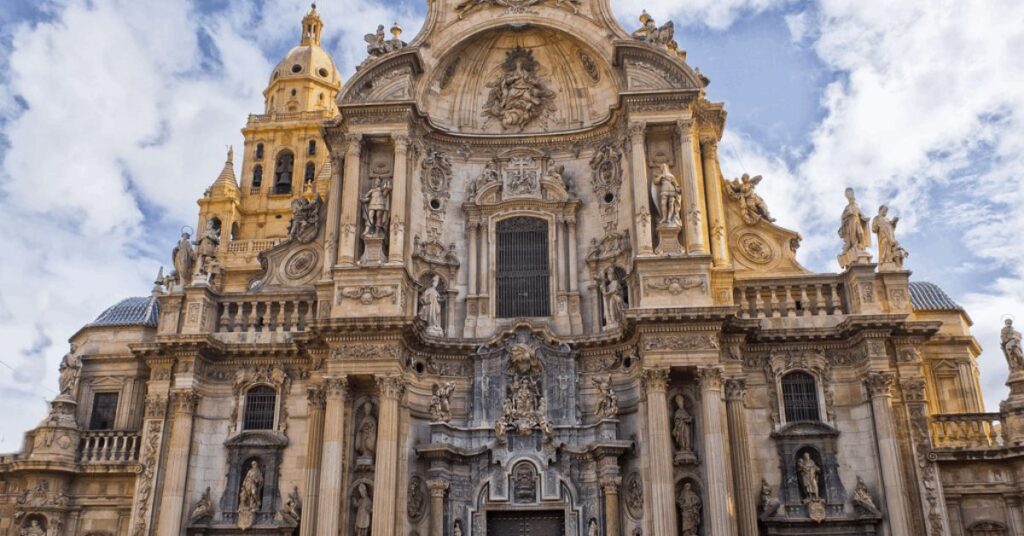
Imagine walking into a church where golden angels spiral toward a frescoed sky, columns seem to dance, and light falls perfectly on marble altars like a spotlight on a stage. This is not imagination—this is Baroque architecture, one of the most dynamic and expressive movements in architectural history.
Born from the fires of religious reform and royal power, Baroque architecture wasn’t just about building structures—it was about shaping emotions. It dazzled, manipulated perspective, and pushed boundaries to create an almost theatrical experience. In this blog, we’ll explore the history, defining features, famous examples, and lasting impact of Baroque architecture—and why it still captivates minds today.
The History of Baroque Architecture
From Counter-Reformation to Global Statement
Baroque architecture emerged in the early 17th century in Italy, particularly in Rome, during a time of intense spiritual and political upheaval. The Catholic Church, through the Counter-Reformation, sought to counter the rise of Protestantism not just through sermons—but through stunning art and architecture that would emotionally move worshippers.
By commissioning grand churches and cathedrals full of light, gold, and soaring forms, the Church aimed to make heaven feel present on Earth.
Baroque quickly spread across Europe—to France, Spain, Austria, Germany, and even Latin America and Russia—evolving as it interacted with local traditions.
Key Characteristics of Baroque Architecture
Baroque wasn’t subtle. Its goal was emotional impact—to surprise, impress, and awe. Here’s what defines the style:
1. Grandeur & Monumentality
Baroque buildings were often massive in scale, designed to symbolize power—whether religious, royal, or national. Domes soared. Altars glowed. Every element worked to amplify presence and authority.
2. Dynamic Movement
Unlike the calm symmetry of Renaissance architecture, Baroque structures embraced curves, spirals, and ovals. Façades undulated. Columns twisted. Interiors flowed from one space to another, almost like a visual symphony.
3. Dramatic Light and Shadow (Chiaroscuro)
Baroque architects skillfully played with natural and artificial light to create highlighted focal points—on statues, paintings, or altars. The light wasn’t just functional—it was spiritual.
4. Ornamentation & Emotion
From gold leaf to marble cherubs, ornate detailing was everywhere. Every statue, carving, and ceiling fresco aimed to evoke emotion and elevate the viewer’s soul.
5. Illusion and Perspective
Baroque architecture loved tricking the eye. Ceilings opened into the heavens. Walls disappeared into mirrored reflections. Architects used trompe-l’œil and forced perspective to manipulate space and perception.
Iconic Examples of Baroque Architecture
To truly appreciate the Baroque, you have to experience it. These are some of the most famous and awe-inspiring examples of the style:
1. St. Peter’s Basilica – Vatican City (Italy)
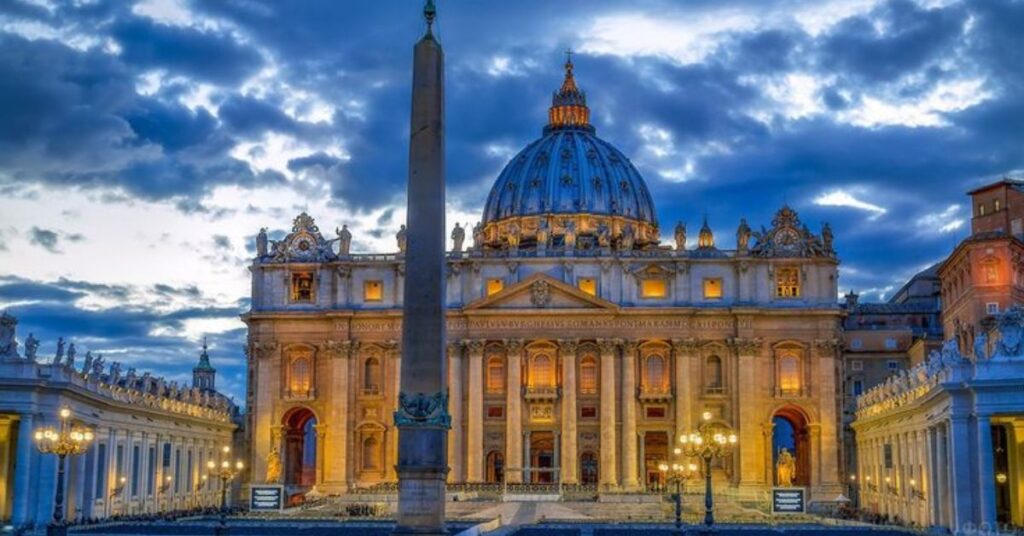
One of the most iconic churches in the world, its Baroque elements—especially the grand colonnade of St. Peter’s Square, designed by Gian Lorenzo Bernini—showcase the scale and symbolism of the style. The interior’s lavish altar, bronze baldachin, and sculptural drama make it a textbook example of high Baroque design.
2. Palace of Versailles – France
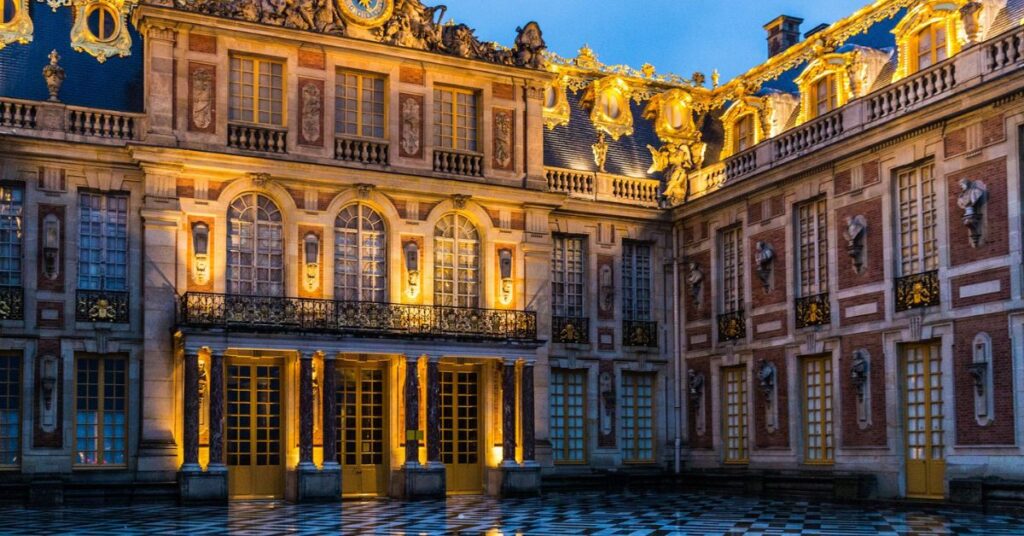
Commissioned by King Louis XIV, the Sun King, Versailles is royal Baroque at its most extravagant. The Hall of Mirrors, with its chandeliers, arched mirrors, and ceiling frescoes, reflects France’s golden age of absolute monarchy.
3. Würzburg Residence – Germany
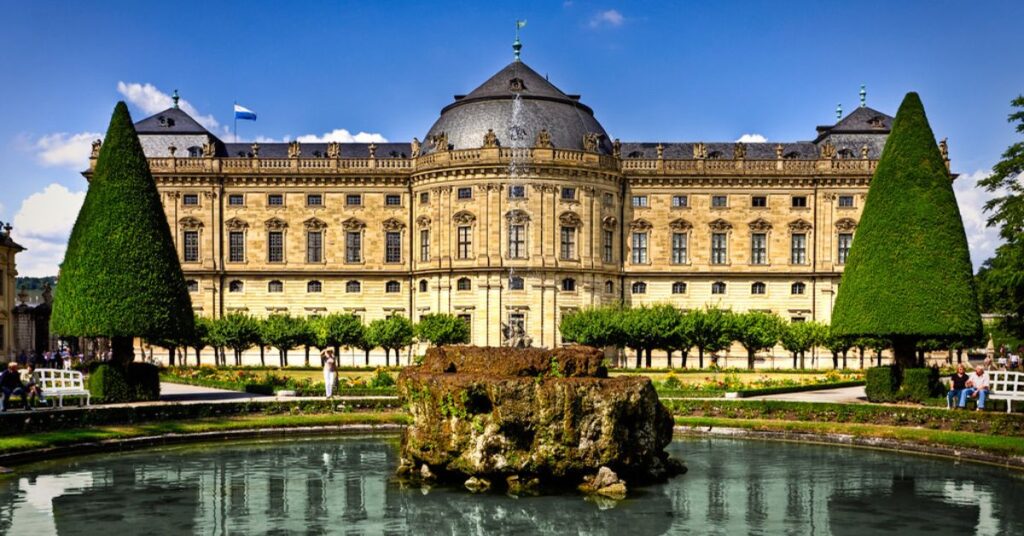
This UNESCO World Heritage Site features one of the largest ceiling frescoes in the world, painted by Giovanni Battista Tiepolo. It’s a celebration of space, color, and narrative—all in true Baroque fashion.
4. Church of San Carlo alle Quattro Fontane – Rome

Designed by Francesco Borromini, this small church is a masterpiece of spatial manipulation. The undulating façade and elliptical dome create a dynamic sense of movement, defying traditional geometry.
5. Winter Palace – St. Petersburg (Russia)
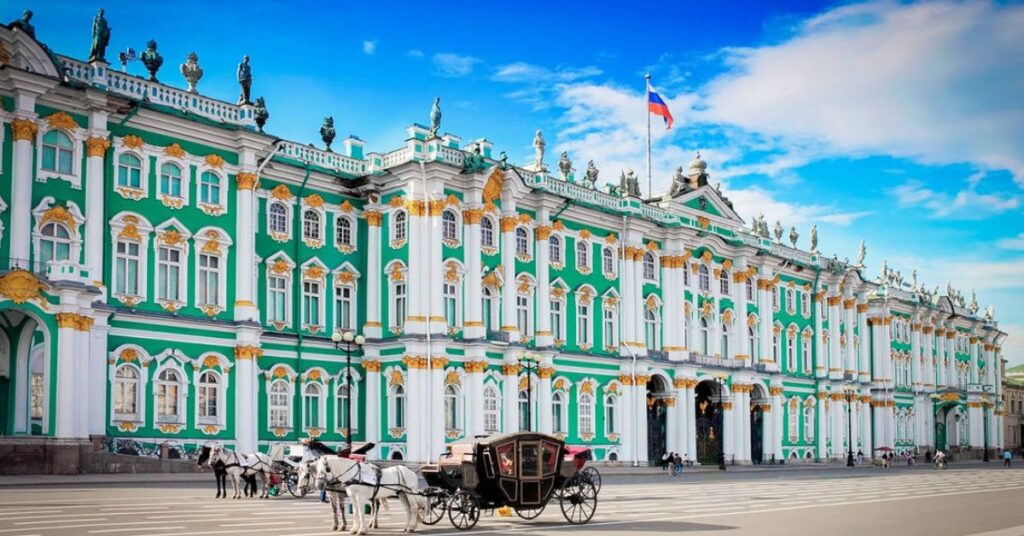
A gem of Russian Baroque, this sprawling imperial palace later became part of the Hermitage Museum. Its ornate columns, color palette, and regal aura exemplify the style’s adaptability.
Regional Styles of Baroque Architecture
Baroque wasn’t one-size-fits-all. Each region adapted the style to its own culture and purpose:
Spanish Baroque (Churrigueresque)
Characterized by extreme ornamentation, especially on church façades. Latin American cities like Lima, Mexico City, and Quito are rich in this highly decorative version of Baroque.
English Baroque
Led by architects like Sir Christopher Wren, this version was more restrained, often blending classical symmetry with dramatic flourishes—as seen in St. Paul’s Cathedral in London.
Central European Baroque
In Austria, Czechia, and Poland, Baroque was deeply tied to Catholic identity and featured lavish monasteries, palaces, and churches with rich frescoes and elaborate stuccowork.
Why Baroque Architecture Still Matters
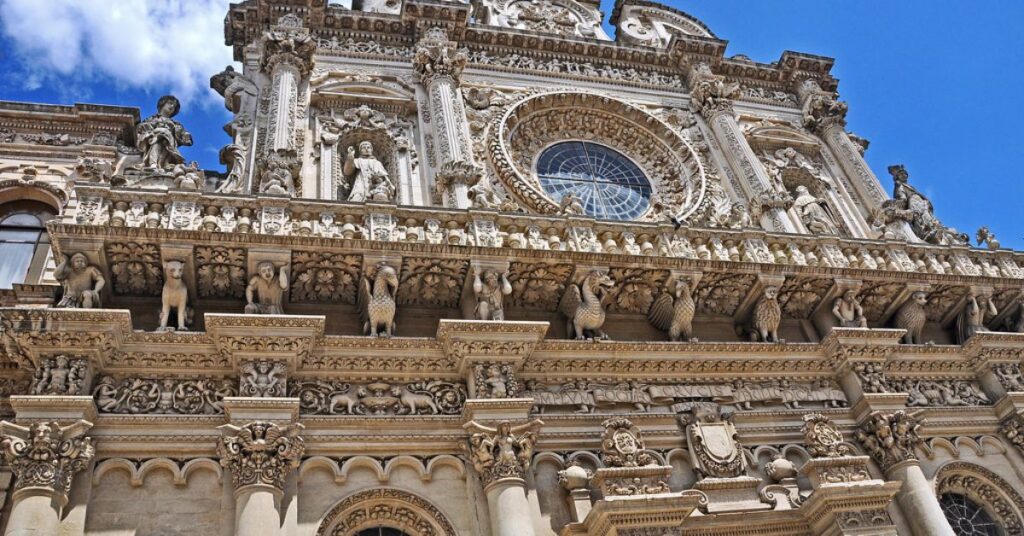
Baroque architecture wasn’t just a historical phase—it shaped how we experience space, art, and emotion in design.
- It inspired modern architecture’s use of light, movement, and spatial flow.
- It transformed how people connect to buildings—not just as shelters, but as experiences.
- It continues to influence theater design, luxury interiors, and contemporary art.
Baroque’s emphasis on storytelling through design is something modern creators continue to learn from.
Baroque in Pop Culture & Modern Media
Baroque aesthetics have also found their way into modern storytelling:
- Films like Marie Antoinette, Amadeus, and The Great use Baroque palaces and decor to evoke royal excess and drama.
- Modern architects and fashion designers borrow Baroque elements—curves, gold accents, and bold symmetry—to bring emotional depth to their work.
Even music videos, runways, and theater sets channel the grandeur and expressiveness of the Baroque period.
Final Thoughts: More Than Architecture—A Sensory Experience
Baroque architecture is not just about bricks and mortar—it’s about the human experience. It stirs emotion. It challenges norms. It speaks in curves, colors, and compositions that move people even centuries later.
Whether you’re studying architecture, planning a cultural trip, or just love design that dares to be bold, Baroque offers a world where art meets architecture, and emotion meets structure.


